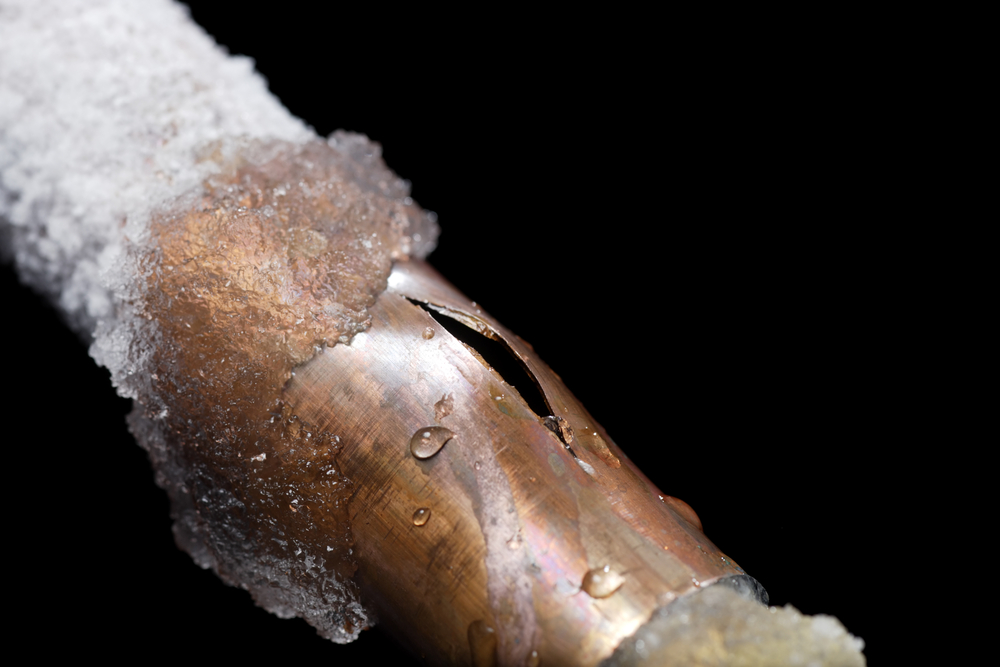Crucial Tips to Avoid Frozen Plumbing in Cold Weather: Specialist Insights
Crucial Tips to Avoid Frozen Plumbing in Cold Weather: Specialist Insights
Blog Article
Just how do you really feel in regards to How to Prevent Your Pipes From Freezing?

Winter can damage your plumbing, especially by freezing pipelines. Below's exactly how to avoid it from occurring and what to do if it does.
Intro
As temperatures drop, the danger of frozen pipelines increases, potentially leading to expensive repairs and water damage. Recognizing exactly how to stop icy pipes is important for home owners in cold climates.
Understanding Icy Pipelines
What triggers pipes to freeze?
Pipelines ice up when revealed to temperature levels below 32 ° F (0 ° C) for prolonged durations. As water inside the pipes freezes, it broadens, taxing the pipeline wall surfaces and potentially creating them to break.
Dangers and problems
Frozen pipelines can cause supply of water disruptions, building damage, and pricey repair services. Burst pipes can flood homes and create substantial architectural damage.
Indications of Frozen Water Lines
Recognizing frozen pipes early can avoid them from rupturing.
Just how to identify icy pipelines
Look for reduced water circulation from faucets, uncommon smells or noises from pipelines, and visible frost on exposed pipes.
Avoidance Tips
Insulating at risk pipes
Cover pipes in insulation sleeves or make use of warmth tape to shield them from freezing temperature levels. Focus on pipelines in unheated or external locations of the home.
Heating techniques
Keep interior spaces effectively heated, specifically areas with plumbing. Open up cupboard doors to allow warm air to circulate around pipes under sinks.
Safeguarding Exterior Pipes
Yard hose pipes and exterior faucets
Disconnect and drain pipes garden hose pipes prior to winter. Install frost-proof spigots or cover outside faucets with shielded caps.
What to Do If Your Pipes Freeze
Immediate activities to take
If you presume frozen pipes, keep faucets available to relieve stress as the ice melts. Utilize a hairdryer or towels taken in hot water to thaw pipelines gradually.
Long-Term Solutions
Architectural adjustments
Think about rerouting pipelines away from exterior walls or unheated locations. Add added insulation to attics, cellars, and crawl spaces.
Upgrading insulation
Purchase high-quality insulation for pipelines, attic rooms, and walls. Appropriate insulation helps maintain regular temperatures and decreases the danger of icy pipelines.
Conclusion
Avoiding icy pipelines requires aggressive steps and fast reactions. By understanding the reasons, signs, and safety nets, homeowners can secure their pipes during cold weather.
5 Ways to Prevent Frozen Pipes
Drain Outdoor Faucets and Disconnect Hoses
First, close the shut-off valve that controls the flow of water in the pipe to your outdoor faucet. Then, head outside to disconnect and drain your hose and open the outdoor faucet to allow the water to completely drain out of the line. Turn off the faucet when done. Finally, head back to the shut-off valve and drain the remaining water inside the pipe into a bucket or container. Additionally, if you have a home irrigation system, you should consider hiring an expert to clear the system of water each year.
Insulate Pipes
One of the best and most cost-effective methods for preventing frozen water pipes is to wrap your pipes with insulation. This is especially important for areas in your home that aren’t exposed to heat, such as an attic. We suggest using foam sleeves, which can typically be found at your local hardware store.
Keep Heat Running at 65
Your pipes are located inside your walls, and the temperature there is much colder than the rest of the house. To prevent your pipes from freezing, The Insurance Information Institute suggests that you keep your home heated to at least 65 degrees, even when traveling. You may want to invest in smart devices that can keep an eye on the temperature in your home while you’re away.
Leave Water Dripping
Moving water — even a small trickle — can prevent ice from forming inside your pipes. When freezing temps are imminent, start a drip of water from all faucets that serve exposed pipes. Leaving a few faucets running will also help relieve pressure inside the pipes and help prevent a rupture if the water inside freezes.
Open Cupboard Doors
Warm your kitchen and bathroom pipes by opening cupboards and vanities. You should also leave your interior doors ajar to help warm air circulate evenly throughout your home.

I am very interested by Helpful Tips to Prevent Frozen Pipes this Winter and I'm hoping you appreciated the entire page. Don't hesitate to take the opportunity to promote this write-up if you liked it. We cherish your readership.
Go Deal Report this page